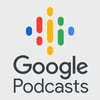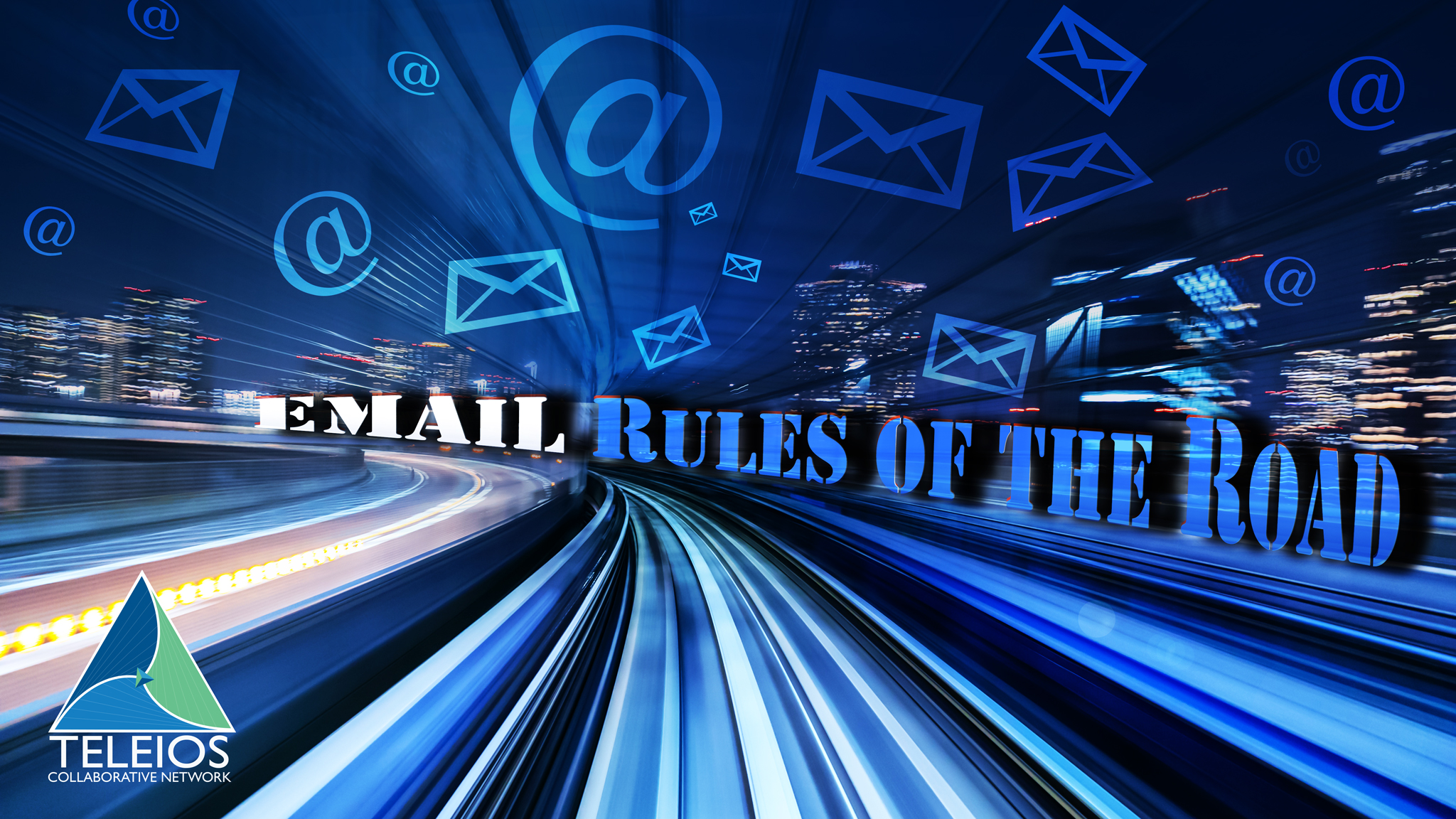
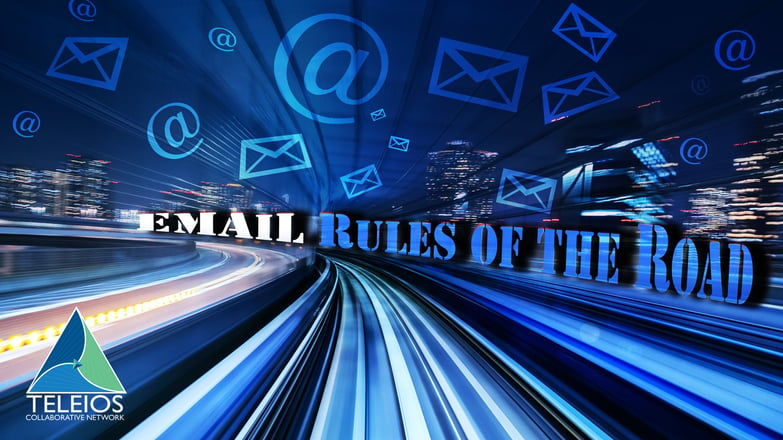
I spent some time over the holidays reflecting on the past year and trying to identify areas where I felt things had gone well, and areas where I felt challenged and wanted to make improvements to my own processes.
One of the areas I spent time examining was my email management. There were times throughout the year that I felt very challenged, even overwhelmed, by the sheer volume of emails I was receiving, so I decided to take a closer look. In 2019 I processed roughly 25,000 emails. Real emails. This number does not include junk emails, ads, newsletters or solicitations. These were emails that I needed to virtually “touch” and truly interact with. Emails that conveyed information that I needed, tasks, and calls to action. When I saw the number, it felt like a lot of emails, but is it?
In 2019 there were 261 working days in the year (does not include holidays or vacation days). Professionals receive an average of 121 emails a day (roughly 50% of which is spam/junk). That means that professionals received an average of 31,581 work emails last year. That is a lot of email, but is it all necessary?
As a virtual organization, I think it is fair to say that we rely heavily on email as a primary form of communication. With our teammates often in different cities and time zones and working different schedules, I would say yes, it is necessary. Email allows for much needed schedule flexibility – travelers can reach out to teammates while riding the redeye, early-birds can send missives before the sun crests the mountains – all without imposing on teammates that may currently be enjoying more traditional work hours. But are all emails relevant?

According to research cited in Forbes, the average office worker spends 2.5 hours a day reading and responding to an average of 200 emails, of which approximately 144 (mostly CCs and BCCs) are not relevant to their job. Seventy-two percent of emails are irrelevant?!
Add to this how the average professional manages their inbox and more time is lost with over-checking and re-reading email. Research indicates that professionals check their email every 37 minutes, or 15 times a day, on average. Without a dedicated Intake System that includes a conscious weekly clean-out plan for your inbox, professionals will have an average of 200 emails (excluding the 121 emails received daily) sitting in their inbox. With each visit to their inbox (15 times a day) our average professional will spend 4 seconds looking at each email and re-reading 10% of them, resulting in another 27 minutes lost to email each day. Consider that it can take people up to 23.25 minutes to fully recover and refocus on a task after an interruption, like checking email, and the amount of lost time and drop in efficiency and productivity is staggering.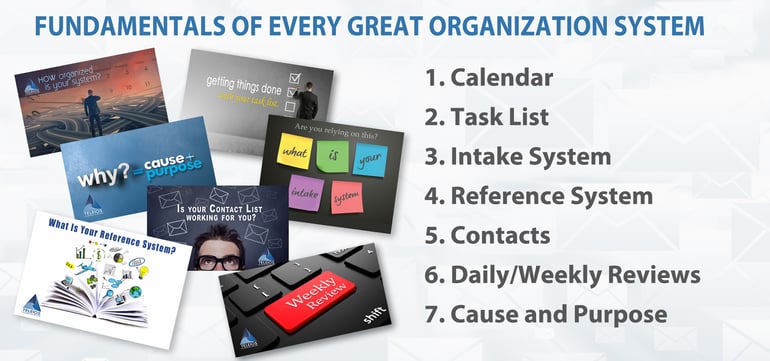
→Learn more about Fundamentals of Every Great Organization System links will be provided at bottom of this blog.
Fortunately, TCN has developed a system for getting things done as part of its Fundamentals of Every Great Organization System (The Fundamentals) that includes focus on the Intake System and provides guidance in developing tools and habits to help manage your inbox. The Fundamentals provides email management guidelines that include a single-touch two-minute rule for emails (to help reduce time lost rereading email and develop your to-do list) and a weekly clean-out plan for overall inbox/intake management. Although The Fundamentals are vital to getting things done, I want to look more closely at a tool that I feel addresses some of the root causes of email overload, one of my personal favorite tools, The Email Rules of the Road.
The very purpose of The Email Rules of the Road (The Rules) is to improve email communication to be as effective and efficient as possible by establishing rules to guide content and response timelines. The Rules place a premium on intentionality – being intentional with your purpose, content, and audience. The Rules urge you to ask yourself these questions before sending an email:
- Is the email needed? Is it necessary to business or is it redundant?
- Is the message appropriate? Would a different mode of communication be more effective? Is it compliant, professional, and inoffensive?
- Are you sending the email to the correct audience? Are the correct individuals in the “To” and “Cc” lines?
The Rules also encourage reducing or eliminating unnecessary emails based solely on pleasantries. While this is the most uncomfortable aspect of The Rules for me – I feel rude not saying ‘thank you’ and ‘you’re welcome’ when good manners and social standards indicate that I should – think about how many less emails would be exchanged if we cut these out. I try to only respond with these pleasantries if I have more to say than just “you’re welcome” and hope that by consciously reducing the recipients email influx, my gratitude is known.
On the other hand, my favorite guideline from The Rules is the call to action codes. These are short codes that should be used at the beginning of every subject line that tell your audience at a glance what is needed from them. Take a look:
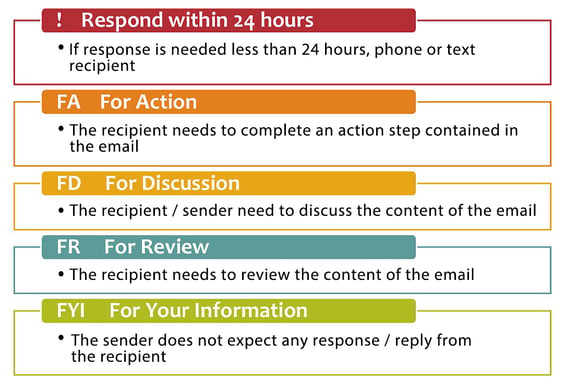
A properly formatted subject line can convey a plethora of information instantly; for example: Subject: FA Annual Reports – Due COB 01/20/2020 EOM
Without even opening an email with this subject line, I know:
- FA – an action is needed from me
- The task needed (Annual Reports)
- When it’s due (Close of Business 01/20/2020)
- That there is no more content in the body of the email, so I don’t even need to open it (EOM = End of Message)
In addition to being a true time saver, a subject line like this also helps in prioritizing and managing to-do lists quickly and effectively.
While this is not a whole representation of The Rules, you can get the full story during this month’s TCN Vulcan Mind-Meld and Sim-Lab Webinar with Chris Comeaux. If you are not already signed up, you can request more information by emailing info@teleioscn.org.
I know that the constant flood of emails can feel overwhelming, but all indicators point to email increasing in the future, not decreasing. Just know that with the right tools and habits in place, it is manageable. In closing, here are a few fun and frightening email facts compiled by the Radicati Group and 99Firms:
- The first email system was developed in 1971
- Over half of the world population used email in 2019
- The number of worldwide email users is expected to grow to over 4.3 billion by the end of 2023
- The total number of business and consumer emails sent and received per day will exceed 293 billion in 2019 and is forecast to grow to over 347 billion by the end of 2023
- The average amount of overall emails opened on desktop computers is 16%, on mobile devices is 55.6%, and on webmail is 28%
- The open rate increases by 17% when the subject line is personalized
- Forty-two percent of Americans admit to checking email in the bathroom, and 50% do so while in bed
- The top spam content category in 2017 was healthcare, followed by malware
- The top reason U.S. internet users unsubscribe from email lists is, "I get too many emails in general."
- Despite the rise of social messaging apps, 78% of teenagers use email
- A majority (62.86%) of business professionals prefer email to communicate for business purposes
- Email click rates increase by up to 300% if a video is included
- The best times to send email are 10:00 AM or between 8:00 PM and midnight; the best days are Thursday and Sunday
Chantelle Buchanan, Executive Assistant Office Manager
Fundamentals of Every Great Organization System
(Links to discover more)
1. Calendar
2. Task List
3. Intake System
4. Reference System
5. Contacts
6. Daily/Weekly Reviews
7. Cause and Purpose
TCN Leadership Immersion Course
Coming in May 11-13, 2020
Teleios University (TU)
Program Launch: January 20-21, 2020
Discover More
Unlock your true self-leadership potential
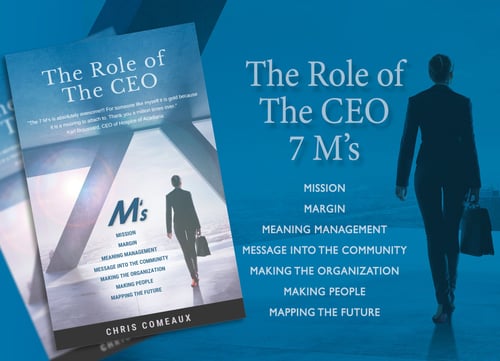
Download eBook by Chris Comeaux
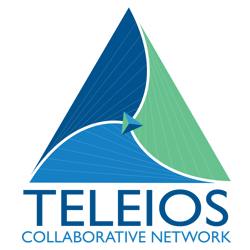
An organizational model that allows not-for-profit hospices (Members) to leverage best practices, achieve economies of scale and collaborate in ways that better prepare each agency to participate in emerging alternative payment models and advance their charitable missions.
Related Posts
The Evolution of the Executive and Executive Assistant Relationship
The Evolution of the Executive and Executive Assistant Relationship: The Ingredients. Arguably the...
Cause and Purpose: The 7th Fundamental of Every Great Organization System
Stop the presses: there is a 7th Fundamental!
Thanks to the feedback several of you have given me...
The third fundamental of every great organization system: The Intake System
We are in a blog series for what I call the 6 Fundamentals of every great organization system. Our...

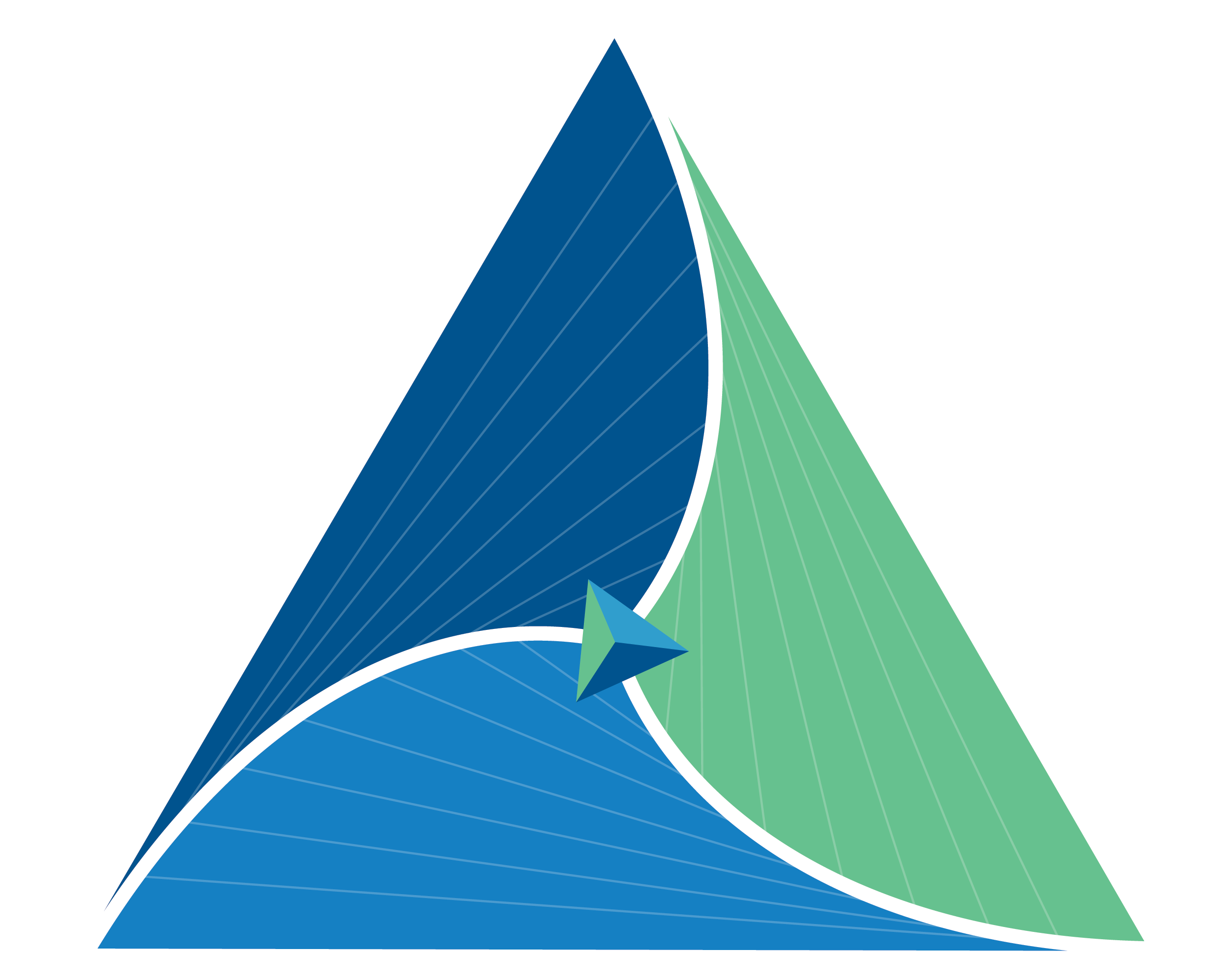

.png?width=100&name=1200px-Podcasts_(iOS).png)

